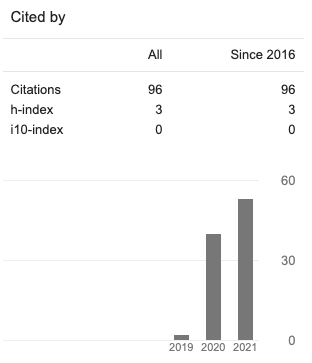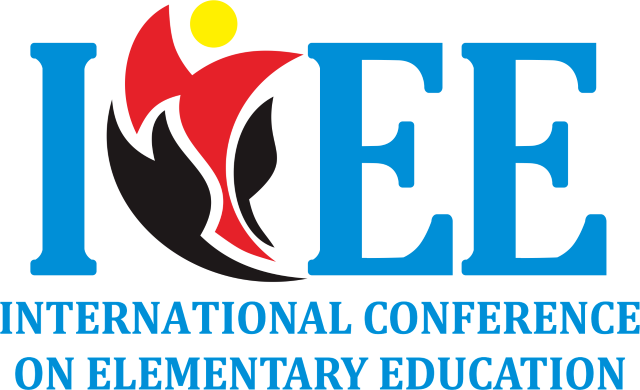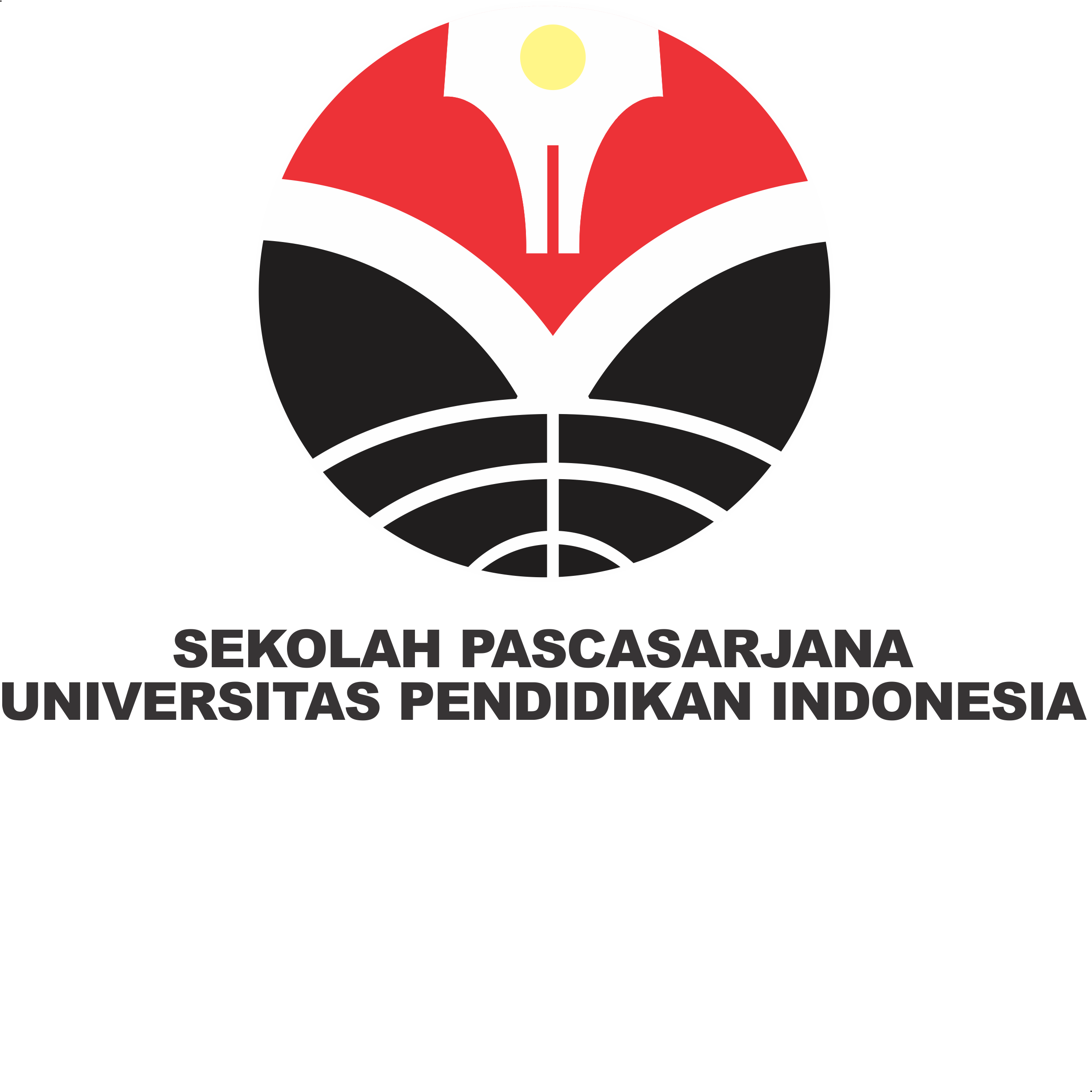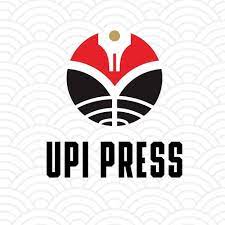Application of The Know-Want to Know-Learned (KWL) Method to Improve the Ability of Reading Comprehension Science Texts
Abstract
This research is motivated by the low reading comprehension ability of elementary school students. The purpose of this study was to optimize student activity and reading comprehension abilities in the form of zigzag book products using the Know-Want to Know-Learned (KWL) method in reading comprehension of science texts. The research was conducted at Karangsari 2 Elementary School, Cirebon District, to be precise in fifth grade with a total of 20 students. This study used a classroom action research method using the Kemmis and McTaggart model which was carried out in two cycles. The instruments used were evaluation guidelines, interviews, and documentation. In the first cycle, student's activity in categorizing ideas, making guide questions, and answering guide questions was still low. Student's ability to making zigzag books is still low. In the second cycle, student activity in reading comprehension and student's ability in making zigzag books increased. So that the average score of activity and the average score of the product in cycle II fulfills the minimum completion criteria score.















